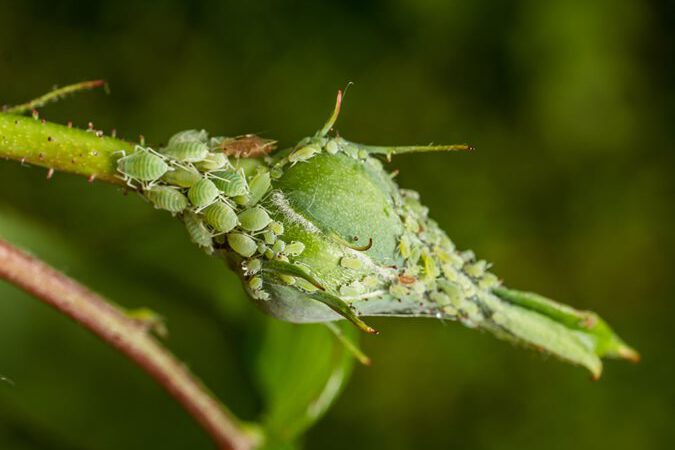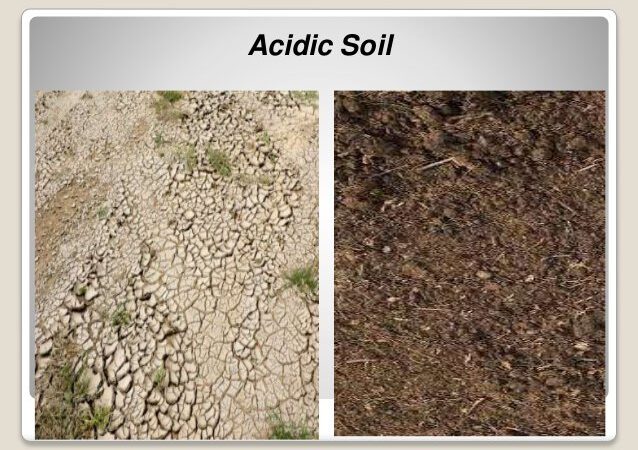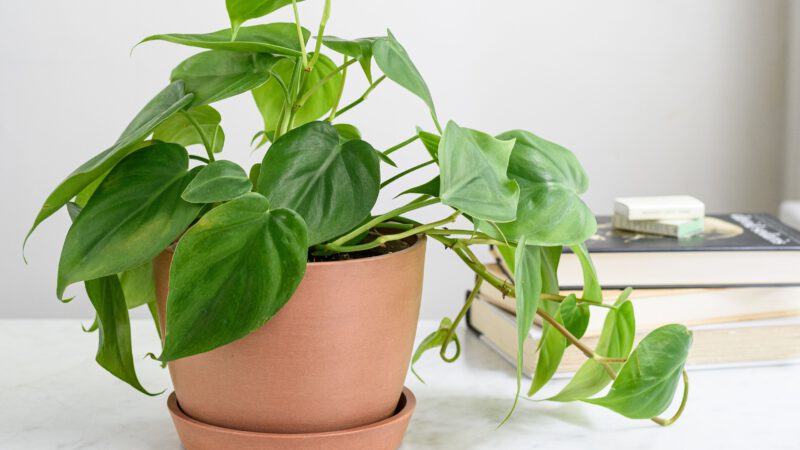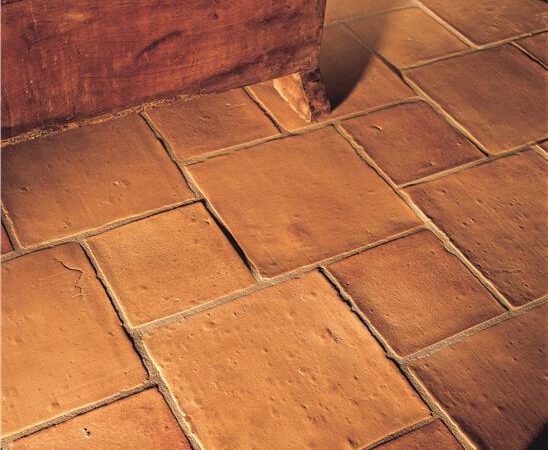How to Harvest Zucchini
Growing zucchini is easy, but harvesting it can be a challenge. You want to make sure you harvest your zucchini before the squash gets too big and starts to lose its flavor and texture. But how do you know when that happens? How do you tell if your zucchinis are ready for picking?
This article gives you a comprehensive guide on how to grow, take care of, and harvest zucchini. Let’s get started!
How to Sow Zucchini Seeds
Zucchini needs full sun and rich soil to thrive. To get the most out of your zucchini harvest, plant your seeds around the same time that peonies come into bloom in your area. Zucchinis are also very sensitive to temperature, so it’s important not to sow too early or late. Also, make sure to choose a planting spot that gets 8 hours of full sun and has well-drained soil.

Image caption: https://diy.sndimg.com/
Sow the seeds about 4 inches apart and 1 inch deep. They should germinate within 14 days. Keep an eye on your seedlings as they sprout because when the second set of leaves appear, you’ll want to thin them out to about 6 inches apart. Cover them over and pop a clear jar or half a plastic bottle over the thinned seedlings to protect them from bugs and birds.
Tips for Growing Zucchini
The journey of zucchini doesn’t end once you’ve planted the seeds. Your zucchini plants need plenty of love and care to mature into healthy, 15- to 18-inch-long zucchini. Here are some tips that will help you grow the best zucchini possible:
Water Regularly
Zucchini and all squash vegetables need enough water to keep their leaves from wilting. They need 1 inch of rain or watering per week during the growing season to maintain this moisture level.
You can achieve this by hand watering, using drip irrigation, or setting up a sprinkler system. Be sure to check the soil first before watering because over-watering is just as bad as under-watering. And excess moisture is a perfect breeding ground for pests and fungus.
Compost and Mulch Your Soil
The organic and biological materials that live in your garden compost help keep the soil moist and healthy. The mulch prevents water from evaporating and keeps weed at bay by blocking out sunlight. Well, rotted manure can also be used to add organic fertilizer to your soil.
Also, be careful how much organic fertilizer you add as it can cause blossom end rot in the zucchini. If you want to perfectly feed your zucchini, take your time to learn how to make compost easily and have organic manure for your zucchini.
Enhance Your Soil
Just like any plant, zucchini will benefit significantly from soil that is rich in nutrients. Mixing fertilizers such as well-rotted manure or compost to your growing area can give them an extra boost. The chemicals found on these fertilizers are similar to the ones found naturally on plants living underwater.
Hand Pollinate
Don’t sit back and relax when you see your blossoms dying due to a lack of pollinators. Instead, try to hand-pollinate your zucchini flowers. This means that you will need to remove some of the male flowers and brush against the female flowers with them. If you want to ensure good harvests, be sure to plant more than one plant so they’ll cross-pollinate each other.
Use Natural or Organic Pesticide to Protect Your Vegetable Garden
And just like summer and winter squash, zucchini is also prone to pests such as squash bugs, squash vine borers, cucumber beetles, and other insects. Cucumber Beetles are the most common pests attacking your zucchini plants. You can use natural or organic pesticides to get rid of them.
Plant in Good Soil
For your zucchini plant, you’ll want soil with good drainage and good soil moisture, so be sure to mix in plenty of compost and manure. Zucchinis generally don’t need any fertilizers, but if you want the fruit to be bigger, use organic fertilizers.
While zucchini might not be too demanding in soil fertility, they also prefer soil reach in organic matter and a pH of 0.6. So, also make sure you test the soil pH before you proceed.
Plant Zucchini at least Two feet Apart
There are graduated lines on the seed packet label in the garden planner that show you how far apart to plant the seeds. The number of inches between zucchini plants is typically 24 or 30, which means they should be planted two feet apart from each other if you want them to grow well.
Weed Frequently
Weeding your vegetable garden is a crucial part of keeping your zucchinis healthy. Chances are, you’re planting them near other garden plants such as tomatoes and corn. These plants will compete with the zucchinis for nutrients. You should remove any weeds that sprout up around the base of the plant to give your zucchini plenty of room. Weeding can also prevent fungus like powdery mildew from growing on your vegetables.
Harvesting Zucchini
Find and Remove Zucchini Fruits
Start checking for a zucchini fruit about a week after your plants have blossomed. Watch carefully for small green fruit, which is the early growth stage that precedes the yellow blossoms. To find out if a zucchini fruit is ready to be harvested, give it a gentle squeeze. If it feels firm and resists your touch, then it’s probably time for harvesting.
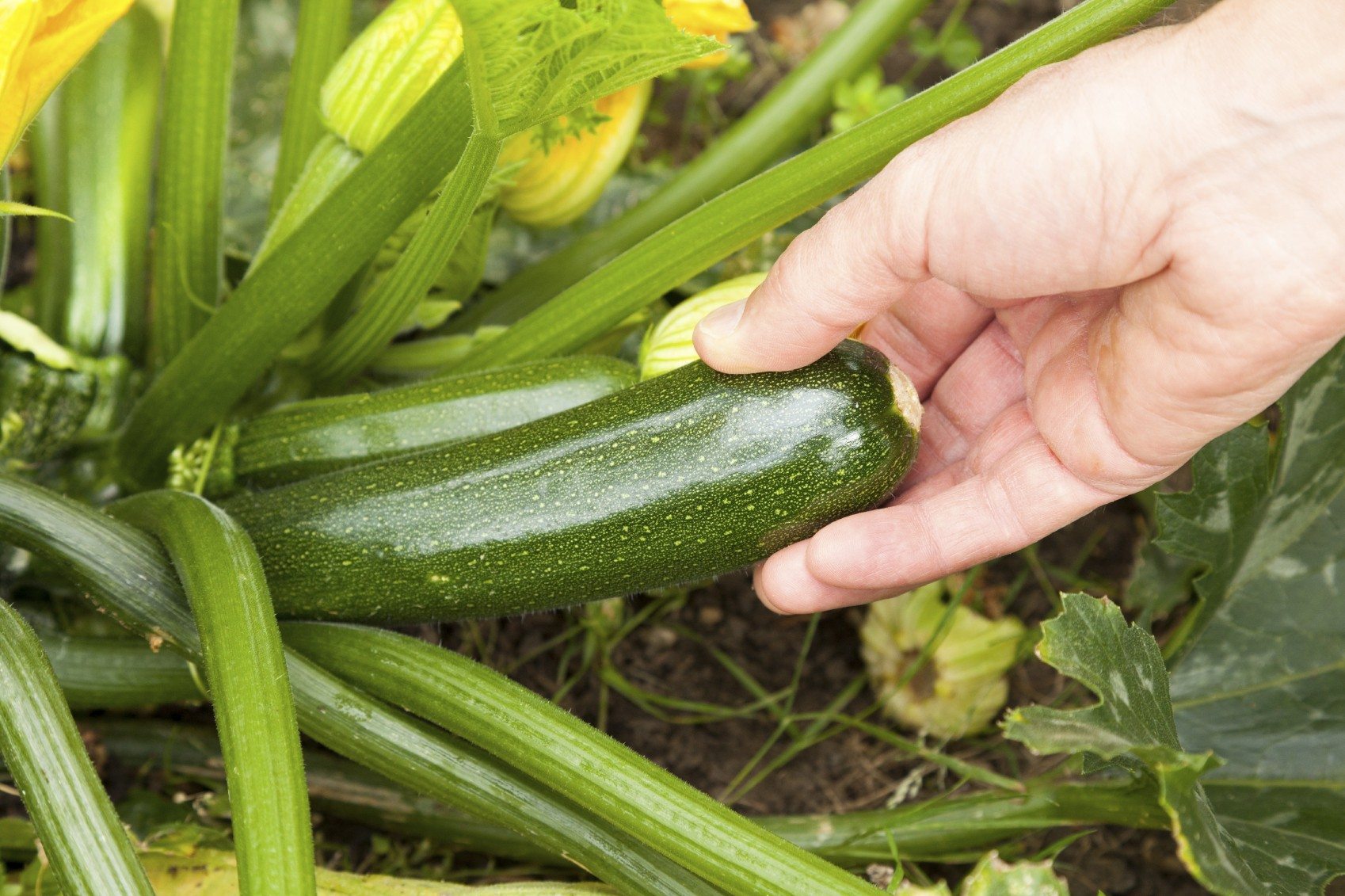
Image caption: https://www.gardeningknowhow.com/
Look for Fruit with a Deep Color and Firm Reel
The zucchini fruit should be dark green and firm when you harvest them. The darker green, the better as it indicates more vitamin content as well as a sweeter taste. The peel should be smooth and shiny with no soft spots or blemishes. Once you’ve found a fruit that meets these criteria, grab it carefully between your thumb and forefinger and give it another gentle squeeze. If it gives just a little bit, then you’re good to go. The smaller fruits have a denser, nuttier flesh, giving them a superior taste.
Cut the fruit at the stem instead of Twisting them
When harvesting zucchini squash, don’t twist the vine. The easiest way to harvest zucchini is to cut the stem above the fruit. Pulling and twisting can damage or even kill a plant quickly. Cut it at the stem using a sharp knife or scissors and then place the fruits in a basket, don’t just let them drop as this will lead to bruising and rotting. This will ensure that your plant will continue producing.
Harvest the Flowers
You can also harvest zucchini flowers as well if they are available. The zucchini flowers can be added to a batter for fritters or omelettes. All you need to do is snip off the flowers from the stem and wash them in a bowl of water.
Then dip them into a batter mixture that you have already made. Then deep fry them until they are golden brown. You can also add raw zucchini slices to salads or cook them using different recipes like stir-fries, soups, and stews.
Harvest to Increase Production
When it’s peak harvest season, zucchini fruit varieties can grow up to 6 inches in 1 day. This is because the plant has increased production of reproductive structures due to good weather conditions.
So, it’s best to harvest zucchini after one month of planting seeds so that the plant won’t start slowing down its growth rate. In this case, pick fruits that are dark green, firm, and rounded. Don’t harvest zucchini that are too small or old because they are still young fruits that are not yet edible.
Harvest to Slow Down Production
Allow your fruits to grow larger if you want to allow the plant to slow down its production. This is because the longer it takes to bear fruit, the more fruits it will produce.
Use Extra-Large Fruits for Grilling and Zucchini Bread
Pick zucchini that is large enough for its intended use. This way, you can leave the smaller ones to grow still larger and then harvest them later. However, the larger seeds are tough and less sweet, so this variety is better suited for grilling or zucchini bread.
How to Store Zucchini After Harvesting
Do not wash them right away before storage, as this encourages pests to infest them faster. Store your unwashed zucchini in a perforated or open plastic bag in the refrigerator. You can also store them in a dry ventilated place like an attic or basement.
You can also shred your unpeeled zucchini, drain it in a colander, and then squeeze it gently to remove excess moisture. Blot the shreds with paper towels before storing them in an airtight container or freezer bags in your refrigerator’s crisper drawer for up to 5 days, or freeze them in labelled, dated freezer bags for up to 8 months.
FAQs on Harvesting Zucchini
How many times can you harvest zucchini?
Harvest zucchini as often as desired. The more you harvest, the more it will produce!
What time of day is best to harvest?
You can harvest zucchinis at any time of day, although they might be a little harder in the mornings when it’s cooler.
Final Thought on Harvesting Zucchini Squash
As you can see, zucchinis are very outrageous. By just planting two or three plants, you’ll keep your small supply with these versatile fruits all summer long. Don’t forget to pick them when they are ready so you can keep your plants producing.
The post How to Harvest Zucchini appeared first on Kitchen Infinity.
Did you miss our previous article…
https://www.ilovethelovekitchen.com/?p=205

